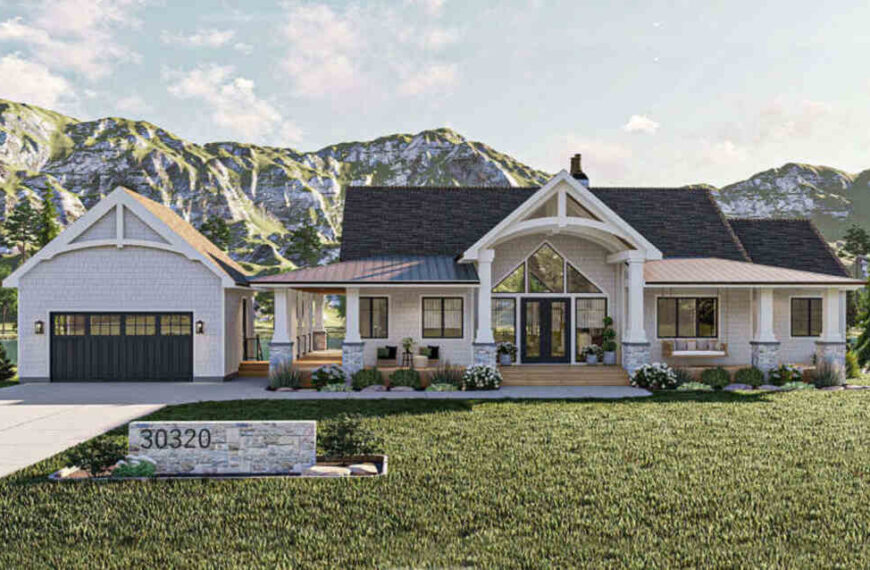There are many ways to address the increasing needs of modern living as well as business. One great example is using relocatable buildings. This is a versatile and sustainable solution. Relocatable buildings provide the user with ample flexibility to expand, downsize, and even move when needed.
But what exactly are they? Where can you get the best? Are there more advantages that come with these structures? Stick around to learn more.
What Are Relocatable Buildings?
The first question that comes to mind when we mention relocatable buildings is, what exactly are they? Well, the answer is pretty simple; they are prefabricated structures that can be simply transported and assembled at various locations.
They can offer many applications in both commercial and residential settings. They are also highly adaptable, and because of this, they can offer a cost-effective alternative to traditional methods of construction.
How to Get the Best Relocatable Buildings
To find the top relocatable buildings to cater for your needs, you should consider several factors.
First and foremost, ensure that you understand what your exact requirements are. What is your purpose? What structure size do you need? How long are you going to use the structure? Then, research reputable manufacturers and suppliers who specialize in modular construction.
Check for customer reviews and request quotes to compare prices and quality. Don’t forget to inquire about any customizable options to ensure the building meets your unique needs. And in case you need additional hints, simply check the web.
Types of Relocatable Buildings to Choose from
There are a couple of types of relocatable buildings on the market today, depending on the innovation of the manufacturer. Here are the popular options.
Steel-framed insulated relocatable buildings
Steel-framed insulated relocatable buildings are ideal for those seeking durable, weather-resistant structures. These buildings feature a steel frame that ensures structural integrity and longevity. They come with extra insulation, which keeps the whole interior temperature comfortable throughout. Moreover, the energy cost is reduced. You can use this type of relocatable building for office purposes, storage, and more.
Container-based relocatable buildings
Container-based relocatable buildings are repurposed shipping containers converted into functional living spaces or workspaces. They are an eco-friendly option that reuses existing materials. These structures are easy to transport, stack, and customize to meet various needs. Container-based relocatable buildings are commonly used for pop-up shops, coffee stands, and small offices due to their compact size and cost-efficiency.
Wooden modular buildings
Wooden modular buildings provide a warm and natural aesthetic, making them an excellent choice for those seeking a comfortable and inviting environment. They are often used as classrooms, cabins, or homes. The wooden construction allows for easy customization and offers a more traditional and cozier feel compared to other relocatable options. Keep in mind that while they are charming, wooden structures may require more maintenance to preserve their appearance and structural integrity.
Advantages of Relocatable Buildings
- They are cost-effective – Relocatable buildings are known for their cost-efficiency. They are typically more affordable than traditional construction, and the savings don’t stop there. These structures often require fewer resources and less time for construction, resulting in reduced labor costs. Additionally, their modular design makes them easy to dismantle and relocate, saving you money on demolition and reconstruction.
- They are sustainable – Relocatable buildings are a sustainable choice, as they can be repurposed and reused. This minimizes the amount of money a business uses compared to selecting a permanent building.
Final Say
There are numerous things you need to understand about relocatable buildings. But with the above guide, you have ample information on the most essential details. If you were thinking of getting modular buildings today, you have a great idea of where to start, what types are available, and more.
Also Read: How Listing to Closing: A Step-by-Step Guide for Selling Inner West Homes













